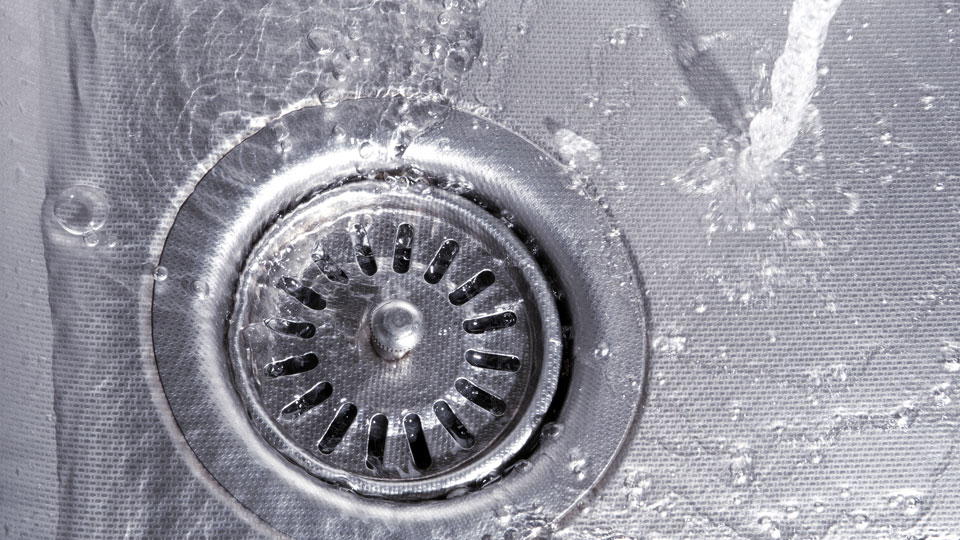The well-being and longevity of a home are intricately tied to the health of its drainage system. A robust system is not only crucial for preventing water damage but is also a fundamental aspect of sustainable living. In this comprehensive guide, we will delve deeper into the five key strategies for maintaining a healthy drainage system, exploring each aspect in detail to empower homeowners with the knowledge needed for effective drainage management.
Regular Inspection and Cleaning:
Proactive maintenance begins with regular inspections and thorough cleaning of gutters and downspouts. During these inspections, pay close attention to signs of wear, rust, or damage.
Remove leaves, debris, and sediment to prevent clogs and ensure a smooth flow of water. If left unattended, clogged gutters can lead to water overflow, causing damage to the roof, siding, and foundation.
Proper Landscaping and Grading:
The foundation of a healthy drainage system lies in the landscape itself. Evaluate the grading around your home to ensure that the ground slopes away from the foundation.
Implementing proper landscaping features like swales, berms, and catch basins can redirect water flow, preventing it from pooling near vulnerable areas.
This natural approach not only enhances drainage but also contributes to the aesthetic appeal of your property.
Installation of Sump Pump Systems:
In areas prone to heavy rainfall or with a high water table, the installation of a sump pump is a prudent investment.
Sump pumps are designed to remove excess water from basements or crawl spaces, safeguarding against potential flooding.
Regularly test your sump pump and consider installing a battery backup system to ensure functionality during power outages.
Use of Permeable Surfaces:
Opting for permeable surfaces in your outdoor spaces can significantly contribute to sustainable drainage.
Permeable pavers, gravel, or porous asphalt allow rainwater to infiltrate the soil, reducing surface runoff and promoting groundwater recharge.
These eco-friendly solutions not only enhance drainage but also mitigate the environmental impact of traditional impermeable surfaces.
Appropriate Waste Disposal:
The impact of proper waste disposal on drainage system health cannot be overstated. Avoid pouring oils and fats down drains, dispose of non-biodegradable items responsibly, and schedule regular septic tank maintenance.
Responsible waste management prevents clogs and ensures the smooth functioning of your drainage pipes.
FAQs:
Q1: How often should I clean my gutters?
A1: Gutters should be cleaned at least twice a year, ideally in the fall and spring, to remove debris and prevent clogs that could compromise the drainage system.
Q2: Can I install a sump pump myself?
A2: While some homeowners may install sump pumps, it is advisable to hire a professional to ensure proper installation and compliance with local building codes.
Q3: What are the signs of a drainage problem?
A3: Common signs include water pooling near the foundation, basement flooding, unpleasant odors, and slow drainage in sinks or toilets.
Q4: Do permeable surfaces require special maintenance?
A4: While permeable surfaces generally require less maintenance than impermeable ones, regular cleaning and occasional re-grading may be necessary.
Q5: How can I improve soil grading around my home?
A5: Use topsoil to create a gentle slope away from the foundation, ensuring that water naturally flows away from the house.
Q6: Are there eco-friendly sump pump options?
A6: Yes, some sump pumps come with energy-efficient features such as battery backups and water-powered systems, contributing to a more sustainable home.
Q7: Can I use rain barrels to harvest rainwater and prevent runoff?
A7: Absolutely. Rain barrels are an eco-friendly solution that collects rainwater from gutters, reducing runoff and providing a sustainable water source for landscaping.
Conclusion:
Maintaining a healthy drainage system is a multifaceted endeavor that requires attention to detail and a commitment to sustainable practices. By incorporating regular inspections, proper landscaping, and the integration of effective drainage solutions, homeowners can create a resilient foundation for their homes. These efforts not only protect the investment in the property but also contribute to environmental conservation by minimizing water runoff and promoting responsible waste management. Embracing these practices ensures a sustainable and enduring home for generations to come.

A group of home improvement enthusiasts and bathroom design experts, combines in-depth knowledge and a shared passion to deliver engaging, informative content that guides readers through the world of bathroom innovation and style.

Leave a Reply